An appliance’s life expectancy depends on various reasons. For instance, how frequently we use them can influence how long can it remain functional. The same goes with how often we maintain these appliances like leaf filters or leaf guards or snow blowers or even your air conditioner.
Today, many appliance manufacturers are offering warranties for their products, should an unexpected malfunction happen. If it has a lifetime warranty, the appliance company will repair, or even replace your appliance, when it suddenly breaks down.
However, once an appliance maximizes its lifespan and its manufacturer can no longer repair or replace them, what happens to it?
Below are some of the paths that these appliances take.
1. They Are Recycled
The most common scenario for old and broken appliances is that they get to be recycled. Electronic appliances have a lot of valuable components and parts in them that can be reused for new devices. These include batteries, steel, copper, aluminum, glass, and plastic.
However, to be able to extract these reusable components, proper disassembling of the old electronic appliances is needed. It can be a complex process that will require technical expertise.
With that said, when disposing of your old appliances, you should get the help of experts. Also, if you’re looking for the fastest service, consider hiring a removal company that can pick up your broken appliance. This can help you save time and effort in the process.
Why Is Recycling Important For The Environment?
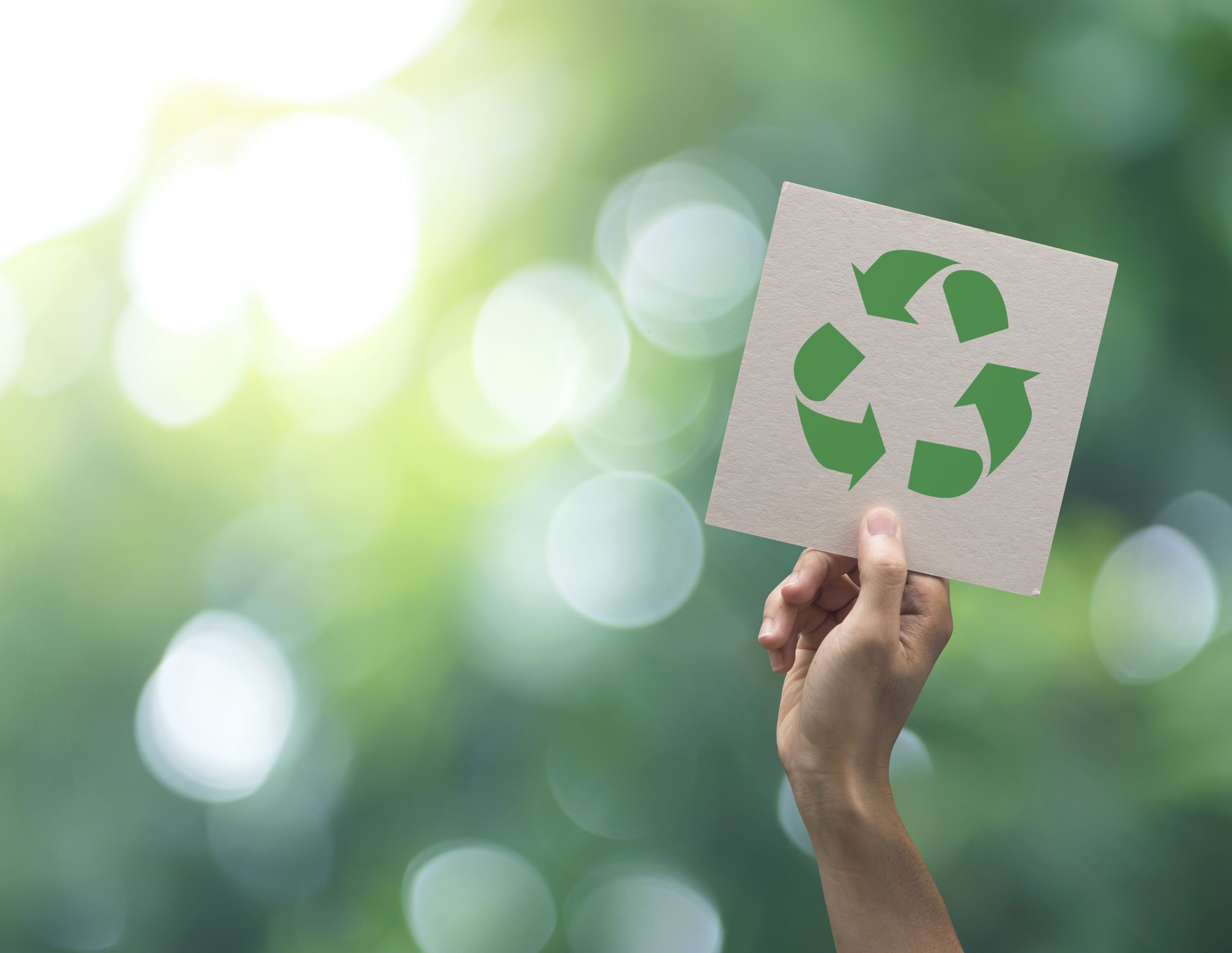
Hand holding recycle symbol on green bokeh background. eco and save the earth concept.
E-waste or electronic waste comprises toxic and hazardous materials, that pose a significant threat to the environment- especially if not disposed of properly. With proper recycling through a company that offers free disposal of electronics, not only do these hazardous materials get to be reused.
Whereas they can also help extend the life of natural resources by reducing the need to mine raw materials
For example, recycling steel can save metal companies the energy needed to create steel from scratch. The more people recycle, the less strain it causes on the environment.
2. They End Up In Landfills
While recycling is the ideal way of disposing of old and broken appliances, it’d be good to note that there are certain parts in our electronics that can’t be reused. It’s either they are made of hazardous materials that aren’t recyclable or they are too difficult to melt and break down into new materials. Due to this, some of these parts end up in landfills.
Environmental Impact Of Landfills
According to the 2020 report of the Global E-waste Monitor, the estimated average person’s e-waste weighed as much as 7.3 kg and is expected to increase to 9 kg after ten years. These numbers only indicate that e-waste is becoming one of the big waste contributors that are taking up valuable space in landfills.
As the rate of e-waste continues to increase, the more it causes serious damage to the environment. This is because it takes a longer time for these electronics to decompose and degrade. They are also believed to release dangerous chemicals that seep into the soil and water, creating environmental toxins that may threaten natural life.
Ways To Reduce E-waste
It is with no doubt that these appliances have improved our daily lives with such ease and convenience. However, as much as they’ve been of big help, it’d be important to note and acknowledge, that these advancements have created problems that directly affect our environment too.
With that said, how can you help reduce e-waste?
- Don’t Buy A New Appliance If You Can Fix The Old One
It’s not uncommon to encounter a malfunctioning appliance every once in a while. For instance, defective control buttons of your microwave, or a wobbling machine. While it is unavoidable, it doesn’t necessarily mean that you have to replace them. If the issue is still manageable, consider having the appliance fixed, rather than resorting to buying a new one. Scheduling regular maintenance for these appliances can go a long way too.
This practice does not only allow you to help preserve the environment, but you get to save money too.
- Sell Them
If your appliance is still working but you’re contemplating replacing them, either because they’re worn out, out-of-date or the cost of maintaining them is high, consider selling it online. Despite the condition of your appliance, someone may still benefit from them. There are various online platforms that can help you trade your old appliance for extra cash.
On the other hand, if your appliance is no longer working, you can consider selling them to a recycling center. This way, your broken appliance can be repurposed or recycled in an eco-friendly way.
With this approach, you can give your old and broken appliances a new life, rather than them ending up in landfills.
- Be A Smart Consumer
When it comes to reducing e-waste, one of the best things people can do is be smart about their electronics. Many appliance manufacturers are now shifting to sustainable practices and materials. So, when purchasing a new appliance, it’d be good to look for appliances that have ‘environmentally friendly’ labels. Aside from being eco-friendly, these appliances are also known to consume less energy, which can help you save on electricity costs.
However, part of being smart is also re-evaluating the need for a new appliance. While it’s tempting to upgrade an out-of-date appliance, reconsider the need and the reason for making another purchase.
Being a smart consumer can go a long way, not just in terms of your finances, but in helping reduce e-waste too.
Final Thoughts
Although recycling has offered an environmentally-conscious way of disposing of old and broken appliances, some components and elements can’t be reused. Thus, increasing the amount of e-waste ending up in landfills.
With that said, minimizing the production of e-waste can go a long way. It can be a challenge, especially with the way technology is continuously evolving, but it is not impossible. And with these tips in mind, you can start to play a role in reducing e-waste, helping the environment in the process.

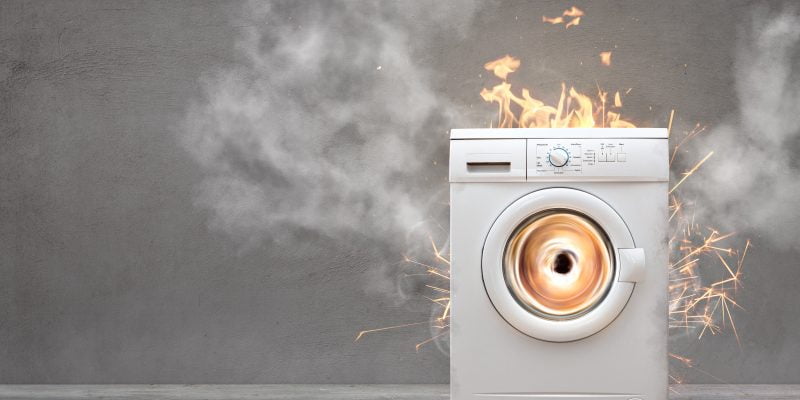


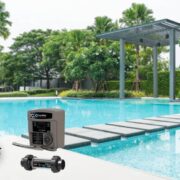

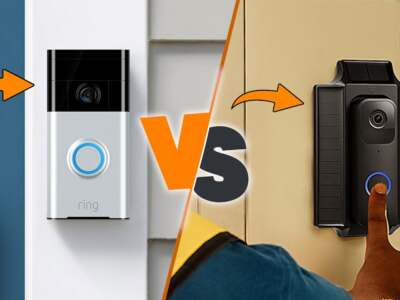
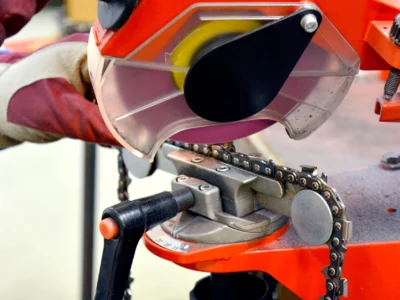
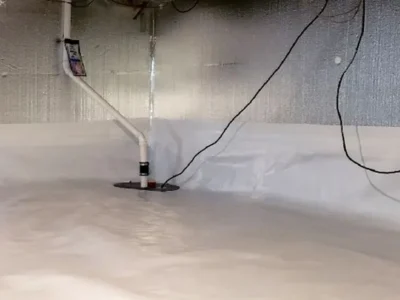
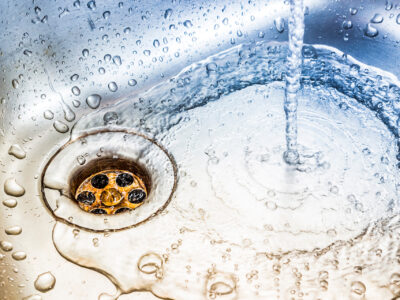

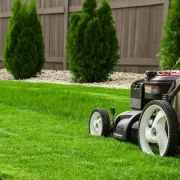


Comments